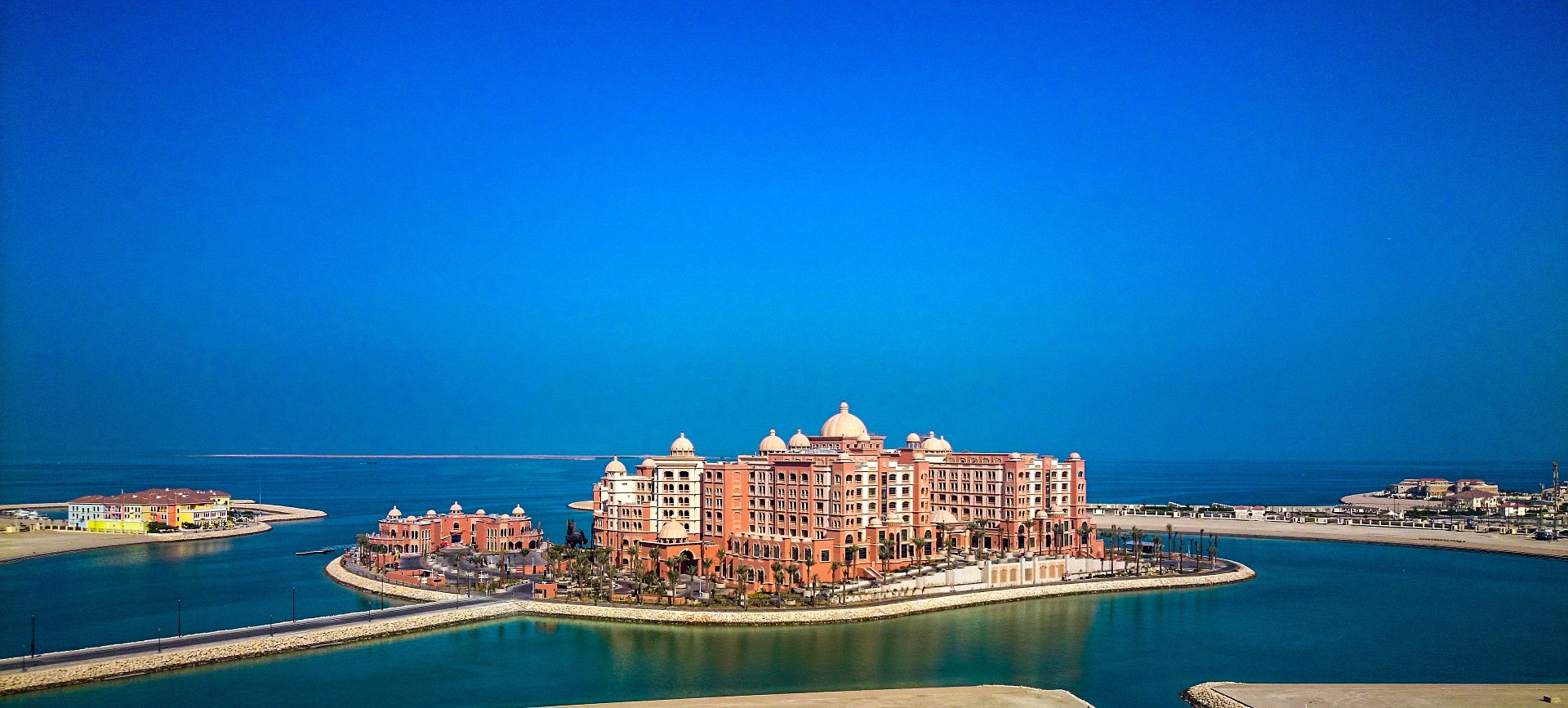Investors who are in it for the long-haul should think about the investments that have staying power and will provide long-term returns, like exchange traded funds that track companies with wide economic moats or competitive advantages.
For instance, the VanEck Vectors Morningstar Wide Moat ETF (NYSEArca: MOAT) and VanEck Vectors Morningstar International Moat ETF (NYSEArca: MOTI) can help investors track both domestic and foreign equities that exhibit sustainable competitive advantages.
Specifically, MOAT tracks 20 high-quality companies while MOTI follows 50 quality international names. The two funds only target the most attractively priced companies and those with a wide economic moat.
Related: Find Value with Wide Moat ETFs
MOAT and MOTI’s underlying indexing methodology have helped the ETF strategies outperform the broader markets. The Morningstar’s moat philosophy tries to identify companies with structural competitive advantages that could help investors earn above-average returns on capital over a long period of time.
The Morningstar Moat Focus Indices target companies with a wide economic moat or sustainable competitive advantages and focuses on the most undervalued moat stocks, which have helped generate significant excess returns relative to the overall market.
For instance, in its most recent rebalancing, the Morningstar index found that the healthcare sector was the most attractive valued after underperforming the broader equities market. Consequently, MOAT added more healthcare positions, which now make up 39.4% of the ETF’s portfolio, whereas the outperforming materials sector now only makes up 4.8% of the fund.
[related_stories]According to Morningstar’s indexing methodology, there are five sources of economic moats: Intangible assets that include brand recognition to charge premium prices. Switching costs that make it too expensive to stop using a company’s products.
